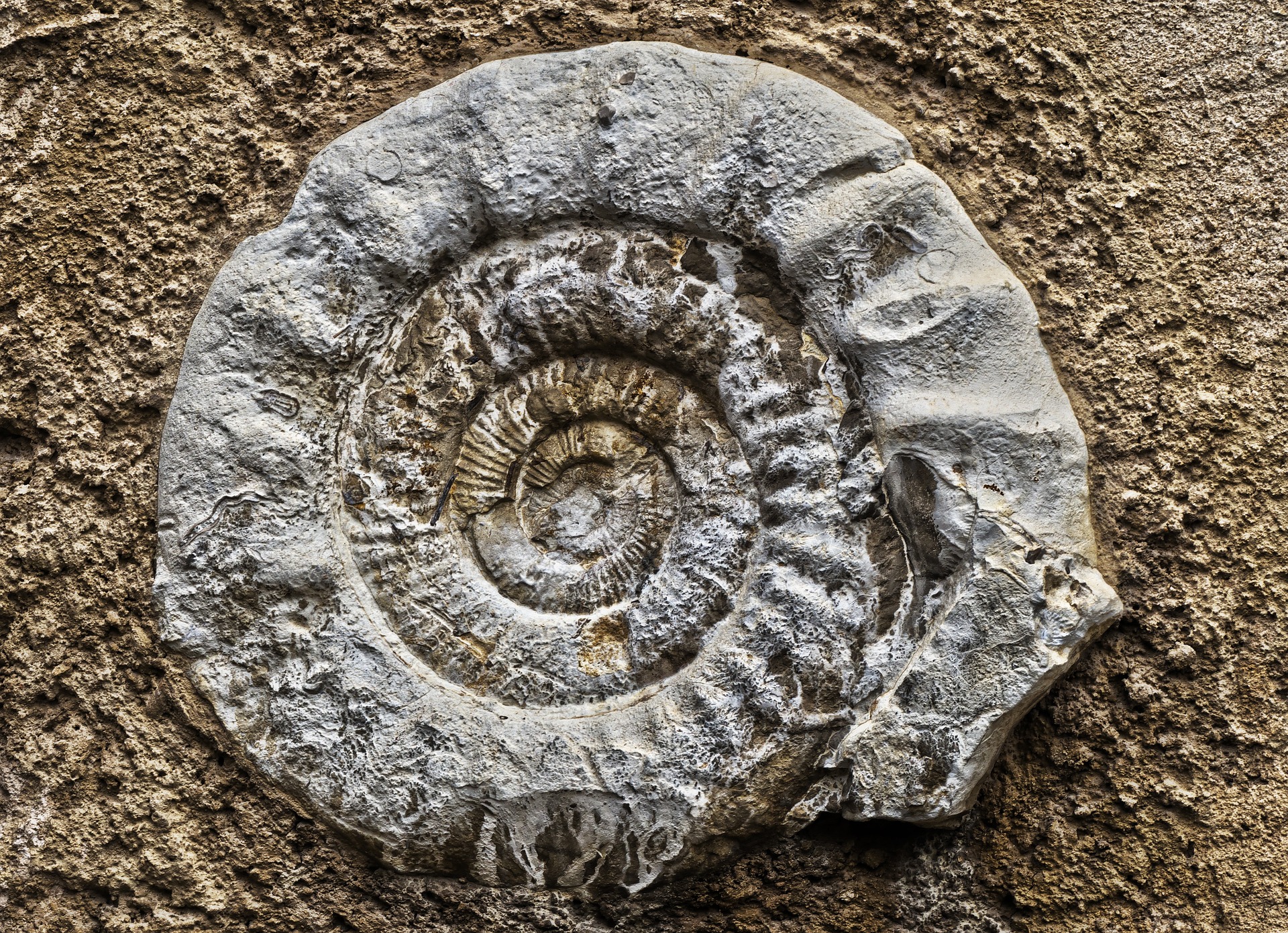Scientists have recently unearthed a collection of ancient fossils that might hold the key to finally understanding the evolutionary history and origin of the animal skeletal system.
The 514 million year old fossils, discovered by a team of researchers in Yunnan, China, consist of multiple preserved forms of the now-extinct Gangtoucunia aspera. This animal inhabited the region millions of years ago during the Cambrian Period, and was possibly one of the first animals to have evolved a functioning exoskeleton.
The animal skeletal system is thought to have emerged 550–520 million years ago during the Cambrian explosion. While it is a prominent feature of the body plans of numerous animals today, tracing the origin of these structures has proven very difficult.
Fossils of tubular (tube-like) exoskeletal assemblages, like those of G. aspera, often lack soft tissue preservation (e.g., muscle, fat, tendons), making them difficult to classify and study. It also makes it difficult to relate skeletal form to its function, and determine the evolutionary significance of such structures.
This is what makes the G. aspera collection so special. The calciferous exoskeletons of these specimens have been found to contain highly preserved samples of the animals’ digestive system, thus allowing scientists to both accurately reconstruct the anatomy of G. aspera, and paint a better picture of when and why such structures might have originally evolved.
Such well-preserved tissue is likely a product of the low oxygen environment the G. aspera bodies were exposed to during fossilisation. These conditions most likely restricted microbial growth and so prevented tissue decay.
Further spectral analyses of these G. aspera fossils revealed the composition of their exoskeletons as being mostly highly concentrated levels of calcium phosphate, the same material found in animal bones.
Scientists suggest the main purpose of these phosphatic exoskeletons was to anchor G. aspera to a nearby surface. This would have rendered them immobile and prevent them from being washed away in their aquatic habitat.
Other explanations for the adaptive purpose of these exoskeletons include them being a mode of protection against predation and hostile environments, or a way to elevate and support the body during feeding.
The soft tissue in these tubular fossils has allowed scientists to draw better comparisons between the rudimentary skeletal system of these elusive creatures with those of today. This allows them to identify the animal group this species mostly closely resembles.
Extensive comparisons between the internal morphology and body plans of these groups allowed them to conclude G. aspera as being mostly closely related to the Cnidaria, a clade comprising animals like the jellyfish and sea anemones.
They owed their reasoning to the high level of homology observed between the anatomies of G. aspera and these cnidarians. For example, the tentacles lining the mouth of G. aspera played a similar role in stinging and capturing prey like the nematocysts (stinging cells) of their putative contemporaries, or the gut being partitioned into longitudinal segments like in Cnidaria.
Despite this, scientists still found a distant relationship between G. aspera and other cnidarians possessing calcium phosphate exoskeletons (e.g., certain groups of medusozoa). This indicates a distant evolutionary relationship between the two animal groups.
This suggests that the ability to develop a skeleton arose multiple times over the course of evolution and across different groups of animals.
What is now clear is that the Cnidaria were among the first groups of animals to evolve the ability to build a skeletal system, although further studies are needed to unravel the full evolutionary scope of skeletal diversity and evolution in animals.
It is likely this discovery will pioneer future studies looking into this, which could aid the discovery of other ancient groups of animals possessing a skeletal system. In doing so, this would paint a better picture of the evolution and diversification of the Animal Kingdom across time.





